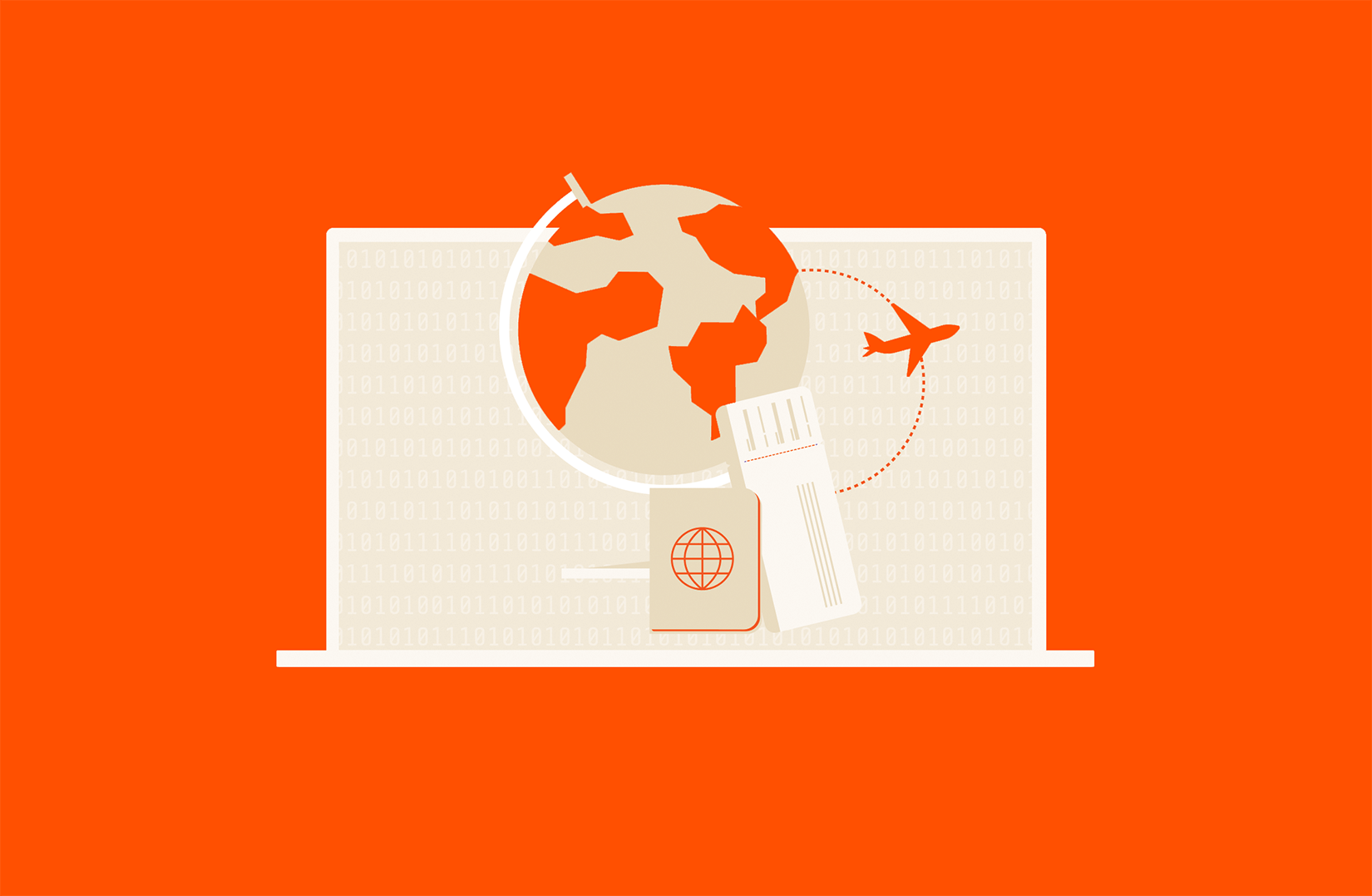We’ve all spent time cooling our heels at overcrowded airport gates waiting for delayed flights, sitting on interstates stuck in the snow, or despairing for our sanity at a car rental counter. But if you’ve ever tried to get somewhere during the holidays, you know it’s a special kind of crazy—like Steve Martin’s classic travel-hell movie, “Planes, Trains and Automobiles.”
Today, nearly every aspect of travel is digital—and reliant on data. Many companies are finding ways to strategically connect data sources to improve processes, predict outcomes, and make customers’ summer and holiday travel experiences a little less chaotic.
Tracking Bags from A to B
With over 1.4 million bags lost by US airlines in 2022, checking a bag can feel like a big leap of faith. But with a bit more visibility and some digital tracking, it just might be easier to avoid missing luggage woes. Taking a page from digital supply chain innovations, improved tracking and location data can help find bags and bring them home.
Alaska Airlines is allowing customers to purchase electronic bag tags so they can check in their bags via the airline’s mobile app and skip check-in lines entirely. Data collected by the tags will be linked to travelers’ reservations, along with location data for the bags themselves.
Improving Check-in Experiences
Airlines want to boost the customer experience not just while flying but before boarding even begins—knowing that the airport environment itself tends to put a damper on the journey.
Delta Air Lines is experimenting with technologies like “digital IDs” that allow customers to verify their identities using facial recognition and their TSA PreCheck or passport numbers from the airport curb to the flight gate. By tying together those ID numbers along with biometric data, passengers can simply look into cameras at every phase of check-in instead of repeatedly showing boarding passes and physical ID.
Learning from Customers (and Analytics)
Carnival Corporation wants to wow cruise line customers from the moment they walk up the gangway. The company has masses of data from its shipboard systems and its website, but none of the data sources were linked together. With help from Splunk, Carnival consolidated the view of data across ships and corporate offices to better understand what customers want and need. For example, when passengers wear the Ocean Medallion device, they’ll get interactive guest experiences and be able to open their guest rooms more easily.
Managing Weather’s Impact
No one can tell Mother Nature what to do, but for airlines like Delta, gaining insights through data is the next best thing. As part of a pandemic-driven plan to increase efficiency, manage costs, and boost the customer experience, Delta developed an AI application that incorporates real-time passenger feedback about weather conditions, allowing the airline to decide whether to reroute flights. The app runs on FlashStack®, a hybrid cloud infrastructure solution from Pure Storage® and Cisco.
Digitizing Turnover Processes for Safety, Cleanliness, and Repairs
When your journey ends and before another person’s can begin, a critical maintenance process has to kick into gear. There are no shortcuts and often no room for delay, which is why Amtrak deployed its TOPS app to digitize maintenance operations between journeys. Data is captured after each team completes its turnover process, which includes everything from safety inspections to restocking the dining car. The data can then be used to inform process improvements, reporting, and best practices.
Building the Best Guest-facing Apps
Now that hotel guests are used to doing just about everything through mobile apps, they’re less apt to be wowed by clunky TV-screen payment options or ordering systems. The hotel company citizenM is beefing up its guest app by connecting as many data sources as possible—including billing, concierge, and food/beverage ordering through the app itself.
What about bridging the cultural divide with data? The Four Seasons’ award-winning app doesn’t just offer contactless check-in and the ability to make special requests, its chat functionality employs high-powered, lightning-fast translation capabilities that instantly translate chat text into over 100 languages on the spot.
Smoothing Out Layovers with Personalized Push Notifications
Airlines are also trying to take the guesswork out of layovers. Some carriers, like American Airlines, are using in-app push notifications that leverage real-time data analytics to give passengers a better shot at optimizing time between flights.
Airport maps, departure and arrival times, average walking times between terminals, and nearby amenities can lead to personalized recommendations that take the logistics out of layovers. Imagine this: Once you take your phone off airplane mode, a push lets you know exactly how long until your next flight boards, how long it will take you to get there, and where the closest lounge is with helpful maps at the ready. Real-time analytics are critical here—and can be the difference between clearing a congested area with time to spare or missing your flight.
When Travel Spikes, So Does the Data. Stay Ready with Smarter Storage
These data-driven innovations certainly help smooth out the holiday travel experience, but there’s a bigger lesson at hand: That it pays to be ready for the unexpected all year round.
Holiday and summer travel spikes aren’t unlike seasonal spikes in other industries. Whether you’re in SaaS, travel, e-commerce, or financial services, having a modern infrastructure that can stand up to massive spikes is key to avoiding diminished customer experience or, worse, outages.
Explore Evergreen//One™ and learn how consumption-based storage as a service can deliver financial flexibility and operational simplicity during unpredictable times.








